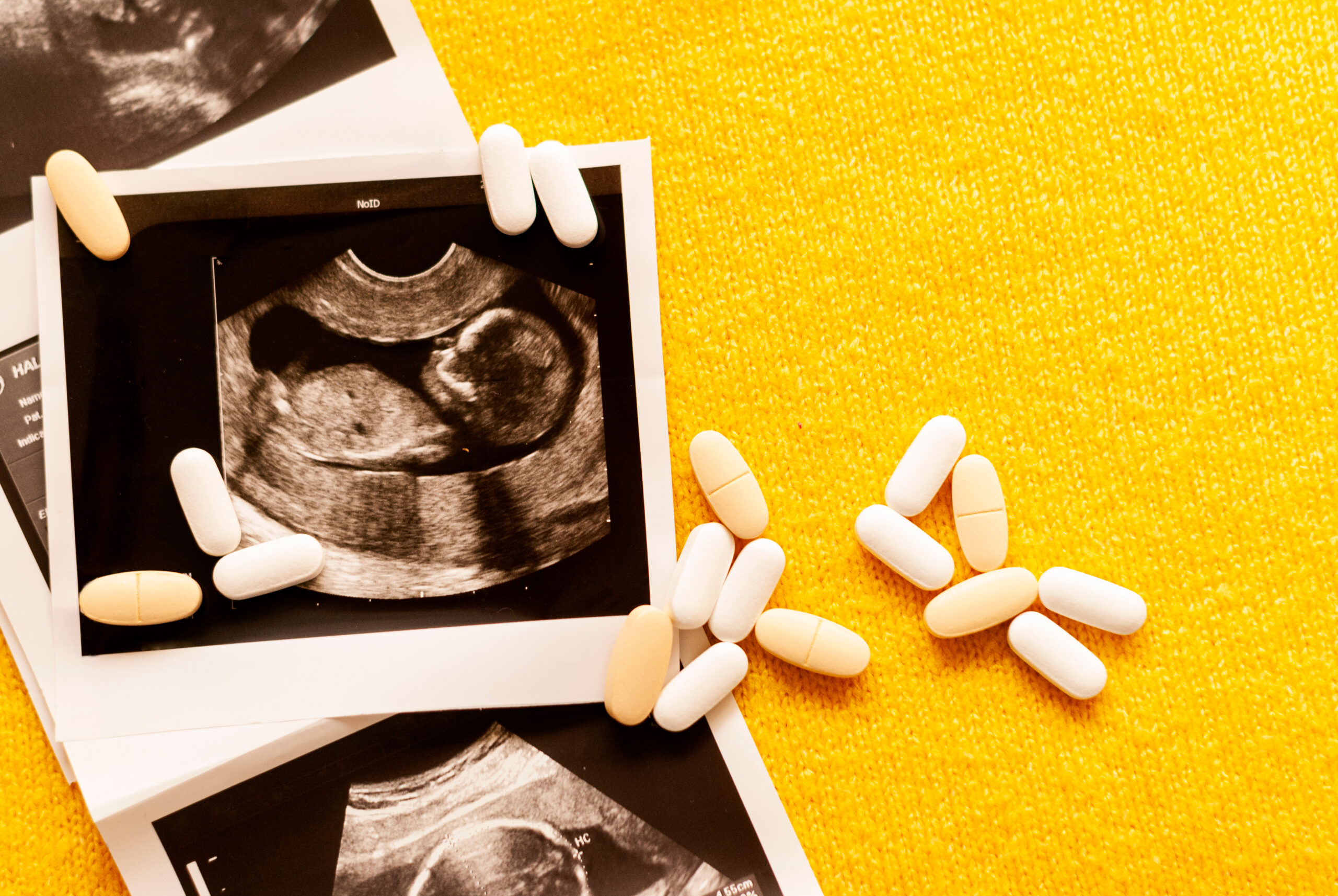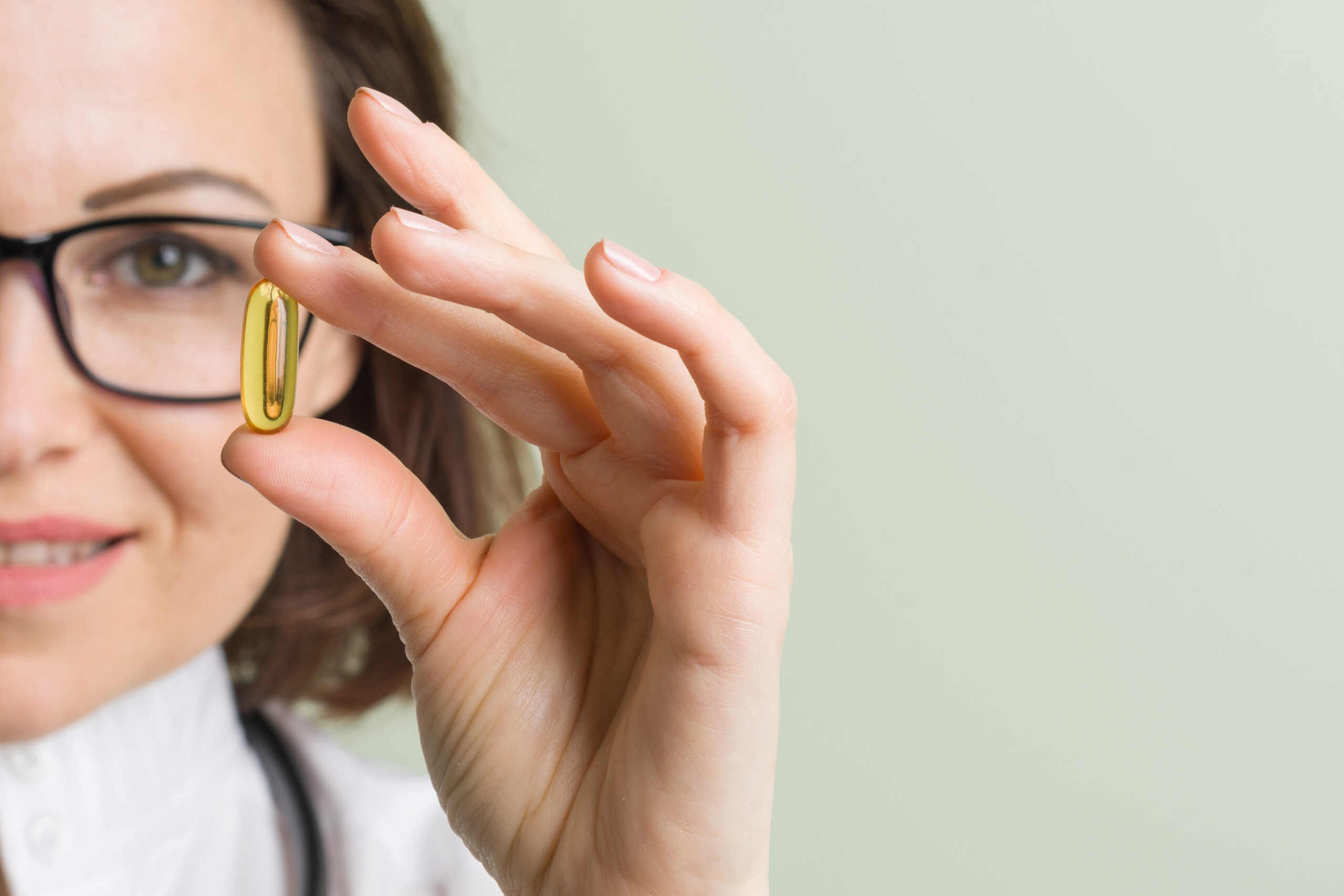Snack cravings that hijack your willpower in your 40s are not just in your head—your hormones, brain circuitry, and modern food culture are conspiring against you.
Quick Take
- Perimenopause and hormonal shifts trigger increased appetite and snackiness in women over 40.
- Modern food environments and stress amplify cravings, making self-control tougher.
- Snacking frequency and caloric intake have climbed steadily in recent decades.
- Evidence-based strategies can help manage midlife snack attacks and protect long-term health.
Hormones in Turmoil: Why Snackiness Surges in Your 40s
Women entering their 40s are navigating a biochemical minefield: declining estrogen, erratic progesterone, and surging cortisol levels throw appetite regulation into disarray. Researchers have shown that estrogen suppresses hunger, while its drop in perimenopause removes that brake, spiking cravings for energy-dense foods. Meanwhile, cortisol, the stress hormone, rises with age and chronic stress, further fueling the urge for sugary or fatty snacks. These hormonal shifts coincide with a natural metabolic slowdown, making every extra bite harder to burn off and easier to store as fat. Snacking no longer feels optional; it becomes an urgent, almost primal compulsion.
Modern Food Culture and Lifestyle: The Perfect Storm
Midlife snackiness isn’t an isolated biological phenomenon. The modern food landscape—abundant, addictive, and relentlessly marketed—makes resisting cravings a daily struggle. Ultra-processed snacks, engineered for maximum palatability, tempt with convenience and variety. Work schedules fragment meal times, pushing more adults to skip proper meals and compensate with snacks. Social cues and distracted eating—whether at the office, in front of screens, or during social gatherings—further normalize constant nibbling. Psychological stress compounds the issue. Chronic stress, whether from work, caregiving, or the emotional rollercoaster of midlife transitions, triggers a physiological urge for comfort foods.
Consequences: Health Risks and Social Ripple Effects
Short-term, the uptick in snackiness often leads to weight gain and destabilized blood sugar, leaving many women feeling frustrated and powerless over their own appetite. Over time, these patterns increase the risk of obesity, metabolic syndrome, and chronic diseases such as diabetes and heart disease. The impact stretches beyond individual health: families notice mood fluctuations, workplaces grapple with productivity dips, and healthcare systems face rising costs linked to obesity-related conditions. Food industry players seize the opportunity, aggressively marketing “healthier” snacks to midlife consumers, often blurring the line between genuine nutritional value and clever packaging.
Actionable Solutions: Winning the Snack Wars
Expert-backed strategies offer hope. Prioritizing protein and fiber at meals can blunt hunger signals and increase satiety, making it easier to resist snacks. Mindful eating—slowing down, savoring flavors, and avoiding distractions—helps retrain the brain’s reward circuits. Stress management techniques, from regular exercise to improved sleep hygiene and relaxation practices, can lower cortisol and reduce emotional snacking. Choosing nutrient-dense snacks, such as nuts, yogurt, or fruit, over processed options provides sustained energy without the crash.
Watch: Strategies to Control Snacking and Manage Cravings 🍏
Sources:
MindBodyGreen
NIH PMC4189179
Harvard Nutrition Source
NIH PMC4276433
NIH PMC7399671
HelloBonafide
Healthline
University of California








